As a designer, we have more power than we think but don’t always realise it. In this post, I’ve grouped resources to help you take power into account in your design work.
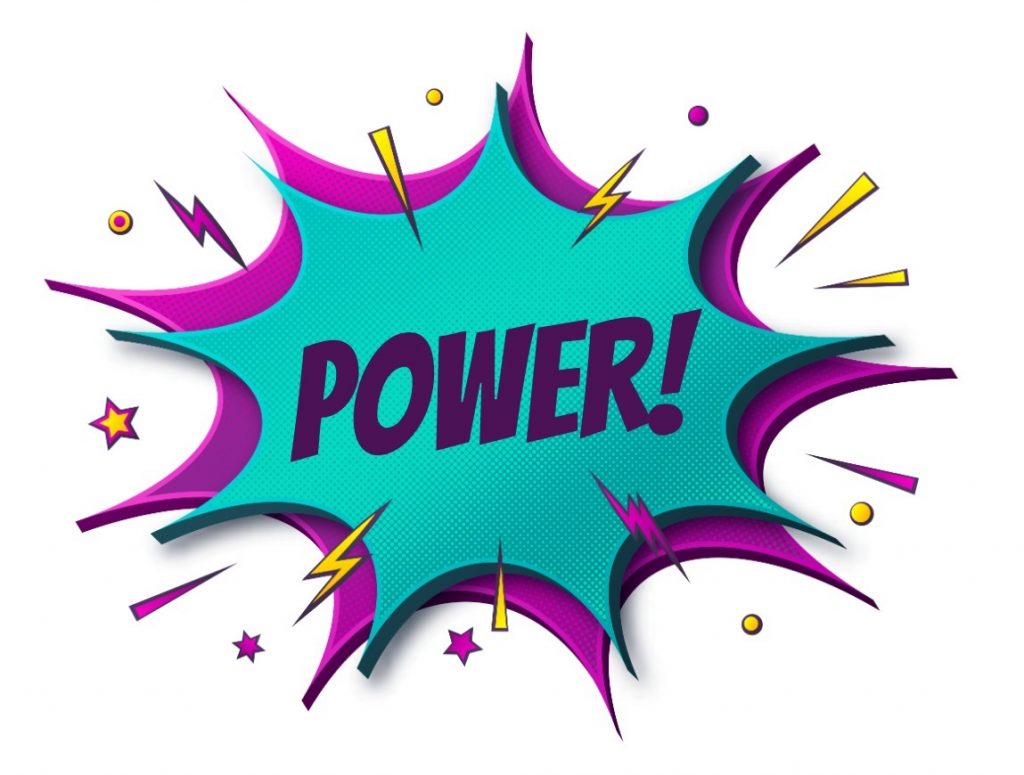
Power: an actor’s ability to influence an outcome. This is affected by asymmetry in relationships. Power can be used both positively and negatively.
Maya Goodwill – from their power literacy guide
Where to start?
Personally, I started looking at the Design Justice Network (DJN) initially but it was not right for me. A lot of the content and discussions are very academic. I will still give you some resources about DNJ at the end.
Power literacy – Maya Goodwill
This is where I would start: Maya is the author of A social designer’s field guide to power literacy. They have clear definitions, and you can download worksheets as PDF online.
This will help you (and your team) to reflect on 5 forms of power: privilege, access power, goal power, role power and rule power. The worksheet will also support power checks across the phases of the double diamond during the set up, diverging and converging phase and while wrapping up.
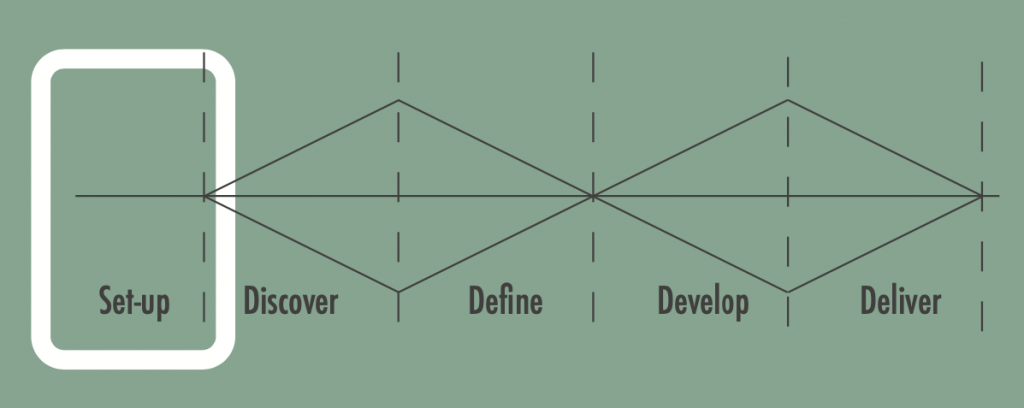
These are some of the terms they define in their guide, but you should really have a look at Maya’s work for more.
Privilege: power you get from a social relation where you benefit due to the social group you belong to, at the expense of another social group. It is an unearned advantage given to you because of your identity.
Access power: ability to influence who is included in and who is excluded from the design project and process.
Goal power: ability to initiate the design project to begin with, as well as the ability to influence decisions related to framing the problem, defining desired outcomes and structuring the design process.
Role power: ability to influence the roles that different stakeholders take on.
Rule power: ability to influence the way you will work together. This includes what is considered ‘normal,’ what is and isn’t allowed, the language being used, and beliefs about what types of knowledge and ways of doing are valid in the design process.
Designing with power by Meg Douglas Howie
Nice article on Medium Designing with power, with the idea of mapping power and more resources to explore.
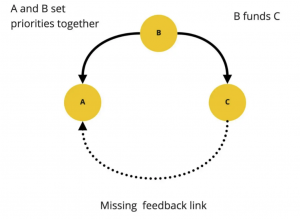
A few things from George Aye
I’ve learned from George Aye while attending his talk: What happen when we reach peak craft” where he explains power asymmetry and has 10 ethical questions:
Ten ethical questions
- What is design’s relationship to power and privilege?
- Which humans do we center when we say, “Human-Centered Design”?
- How can designers say no to work when we need to pay off _______?
- Design is often sink or swim: why is drowning even an option?
- How do designers decide which people-in-need to serve?
- How do we wean design’s addiction from whiteness?
- Why do designers prefer to help people in another country, before helping people in their own backyard?
- Why does philanthropy, not community, set the agenda for social change?
- What’s the cost of speaking up? And what’s the cost if we don’t?
- What right do I have to do this work?
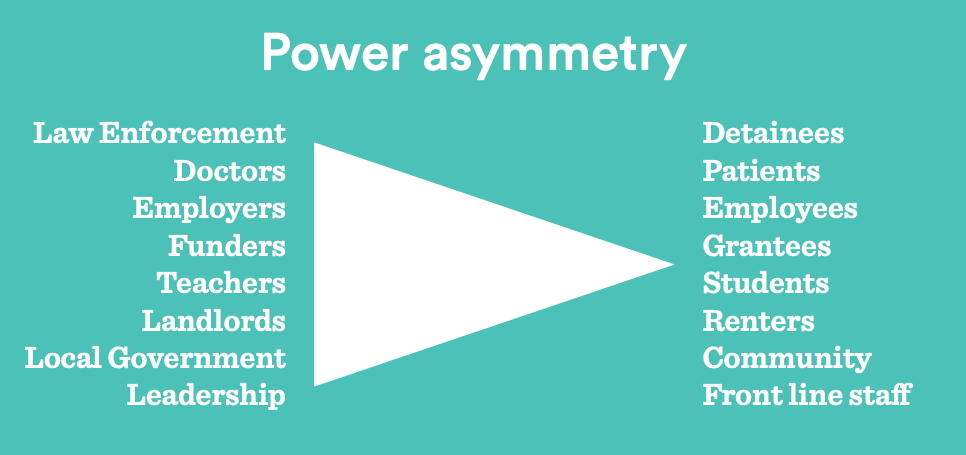
I have two articles and a video to point you to:
- Understanding Power and Privilege in Design on the Medium page of SDN New York
- Design Education’s Big Gap: Understanding the Role of Power, on Medium by George Aye
Using games to learn about power
Shifting the Powerplay in Co-design
Lauren Weinstein wrote Shifting the Powerplay in Co-design on Medium. In it she mentions a game she created: Powerplay©
Powerplay consists of 10 power assets (cards) that are prominent in Western societies. Some of these assets can be created or earned; others are inherited, most are social constructs. The reality is that we all have a power inventory made up of such assets (i.e. being part of a majority group, financial stability, inherited privilege, effective communication, ability, and wellbeing). Some people have a big inventory, others have a small inventory.
Shifting the Powerplay in Co-design
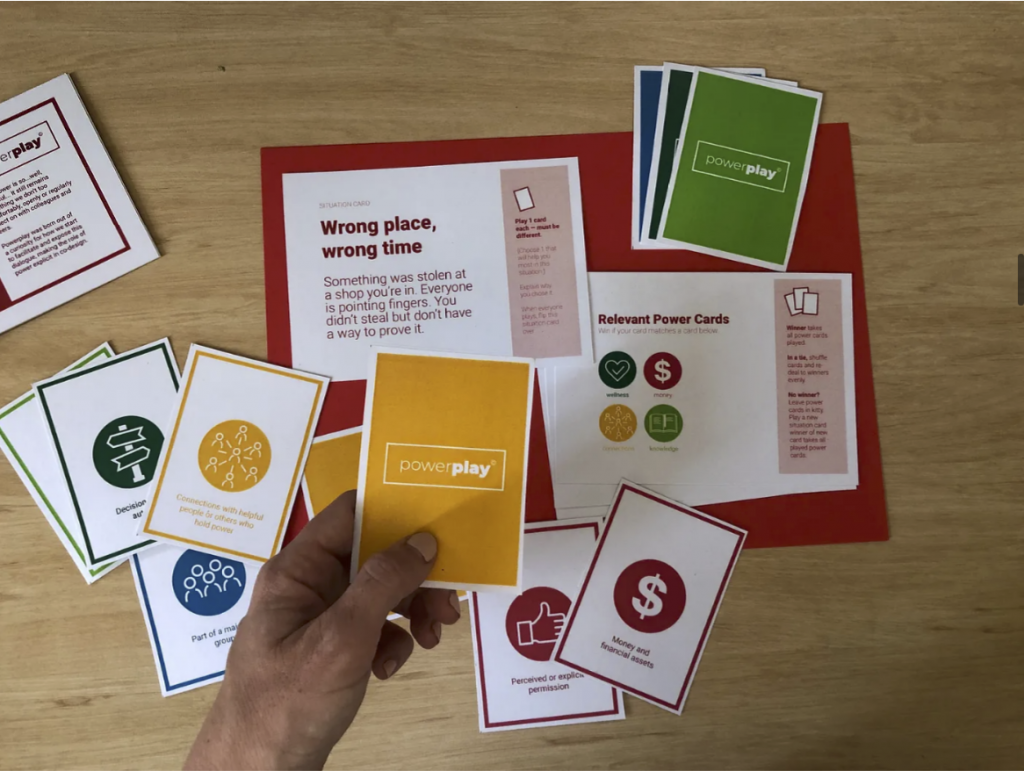
Another game
Inspired by Lauren Weinstein, Thea Snow and Nour Sidawi have created a game as well. In a Medium article: What can a game teach you about power? Turns out, quite a lot they explain how they came up with it and give you all you need to create your own version via 3 sets of googles slides: the game, the cards and the facilitations notes.
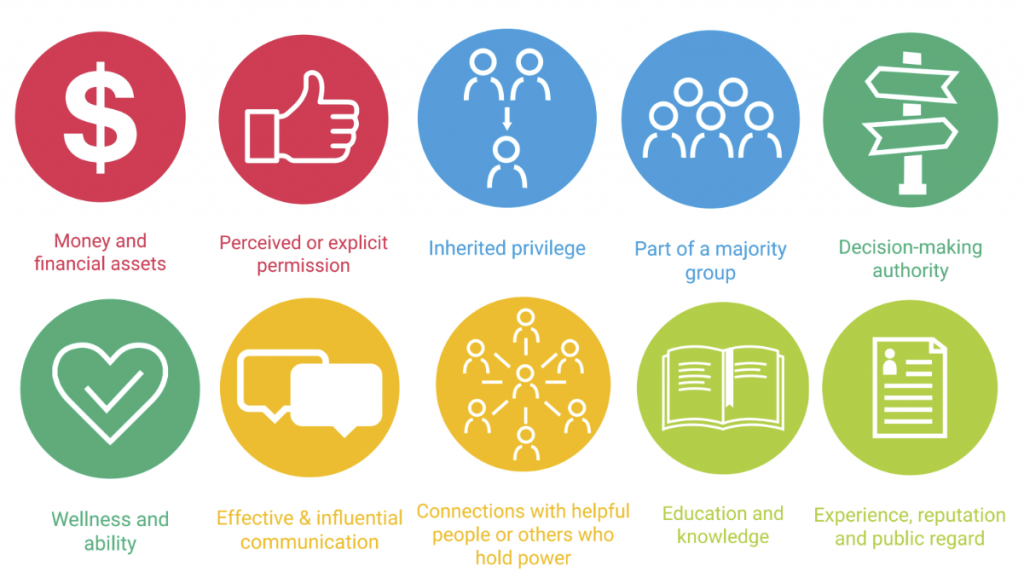
Critical Alphabet
This is not a game but a card deck created by Lesley-Ann Noel:
“a deck of cards to introduce designers and design students to critical theory and concepts to help them reflect on their design process.”
“Each card introduces theory under that letter. Then the cards introduce a question or comment to help make a connection to the theory and design practice. The physical deck is still available for sale on Etsy“
From Lesley-Ann Noel’s website
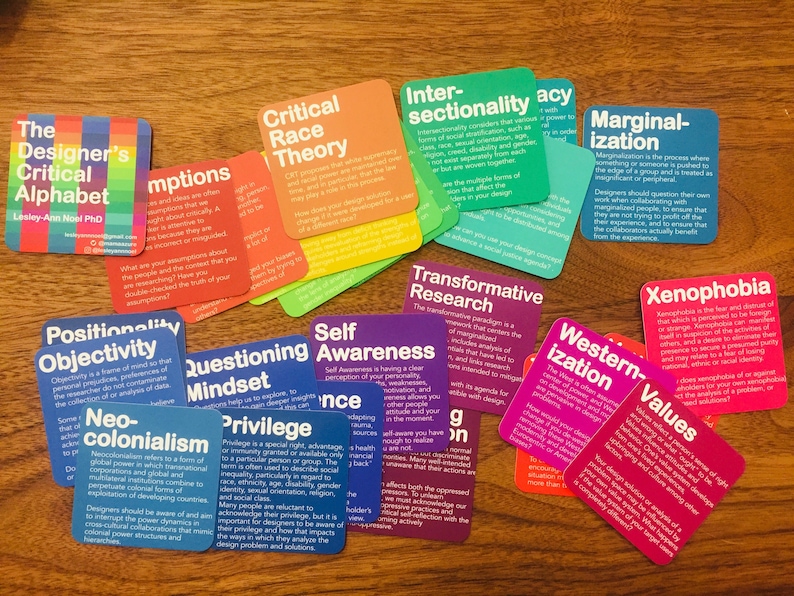
Power within your team
We often overlook this. The worksheet from Maya mentioned at the start can help. This post from Vicky Teinaki could inspire you too: From team to allies: how government service teams can work together to reduce internal inequalities
It’s something we need to keep revisiting: as you become more senior, it’s easy to forget that you have gained power. What you say and do can have way more impact than you realise, and people close to you might not play that ‘critical friend’ role anymore.
A critical friend is a trusted person who asks provocative questions, provides data to be examined through another lens, and offers critiques of a person’s work as a friend.
Wikipedia
Design Justice Network
Even though it feels too academic for me, they might be right for you. So I’m still going to mention 2 things:
Start with their 10 principles: Design Justice Network principles and this article from Aiga Eye on Design: If we want Design to be a tool for liberation, we’ll need more than good intentions. They provide more resources if you want to explore further.
All the links in one place
To finish, I’m putting all the links mentioned here:
- A social designer’s field guide to power literacy – Maya Goodwill
- Designing with power – Meg Douglas Howie on Medium
- Understanding Power and Privilege in Design on the Medium page of SDN New York
- Design Education’s Big Gap: Understanding the Role of Power, on Medium by George Aye
- Video from the Service Design Global Conference 2020 – Closing words + George Aye – on Vimeo
- Shifting the Powerplay in Co-design – Lauren Weinstein on Medium
- What can a game teach you about power? Turns out, quite a lot – Thea Snow and Nour Sidawi on Medium
- Critical Alphabet – Lesley-Ann Noel
- From team to allies: how government service teams can work together to reduce internal inequalities – Vicky Teinaki on Medium
- Design Justice Network principles
- If we want Design to be a tool for liberation, we’ll need more than good intentions – Aiga Eye on Design
And some extra ones:
- Confronting the power designers wield – Sarah Fathallah
- What designers can learn from jesters about power – Joel Bailey on Medium
- Understanding “New Power” – Harvard Business Review
You might also be interested in a previous blog post I wrote on Liberating Structures as some of the activities described in it aim at sharing power better.